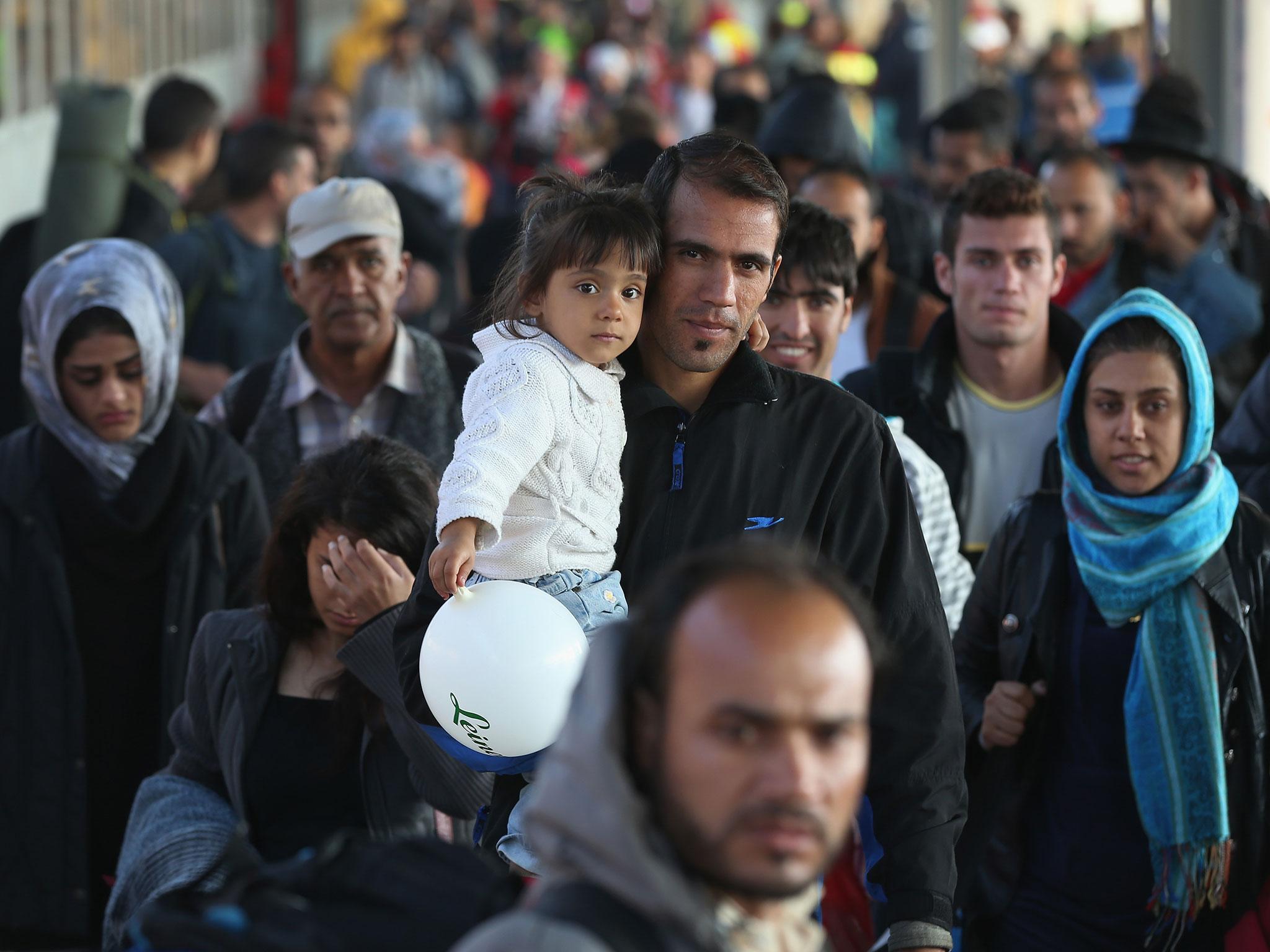
The number of people claiming asylum in Germany has fallen for the third year in a row, the country’s interior ministry has announced.
There were 111,094 first-time asylum applications made in 2019, German officials said on Wednesday, 18,534 fewer than 2018 – a fall of 14.3 per cent.
Fewer refugees have been arriving at Germany’s borders since the height of the migrant crisis in 2015, when 890,000 asylum claims were lodged.
The most common nationality among last year’s asylum-seekers was Syrian, with 26,453 people fleeing that country to find refuge in Germany, just under a quarter of the total number of claims.
Other common countries of origin included Iraq (10,0894 people), Turkey (10,275), Iran (7,778) and Afghanistan (7,124).
The interior minister Horst Seehofer noted that 2019 was the third year in a row in which asylum applications had fallen and said it showed efforts to clamp down on immigration were working.
“The numerous measures of recent years against uncontrolled immigration are working,” he said. However, he added that “migration pressure at the [EU’s] external borders and to Germany remains high”.
Germany was the first EU country to suspend the Dublin Protocol – which forces refugees to seek asylum in the first country in the bloc they enter – during the crisis in 2015.
At the time, Angela Merkel’s government was seen as effectively inviting in millions of people fleeing poverty, persecution and war in the Middle East and Africa.
Many, including much of the far-right in Ms Merkel’s own country, said the strategy would backfire but she insisted it was the right response to an “exceptional situation”.
The enormous inflow of asylum-seekers in 2015 created a backlog of cases for officials to work through, but figures released in 2017 showed numbers fell back sharply immediately after the peak and the migration authorities were able to handle the situation.
Despite the widespread perception among both prospective refugees and anti-immigration critics that Germany was a soft touch, figures released in 2017 showed that only 57 per cent of Syrian asylum claimants were approved and given full refugee status and the acceptance rate for all other nationalities was below half.

The UN’s High Commissioner for Refugees office released figures last year which showed Germany was hosting the fifth most refugees – 1.06m – of any nation on earth, and the most of any developed Western country.
However, Germany’s feat is less impressive when considered as a proportion of its total population. About 1.3 per cent of Germans are refugees, compared to 2.5 per cent in Sweden or a staggering 16 per cent in Lebanon.
Statistics released last summer showed that 20.8m people in Germany had an immigrant background, roughly a quarter of the population. However, only 15 per cent of those arrived as refugees seeking asylum.







